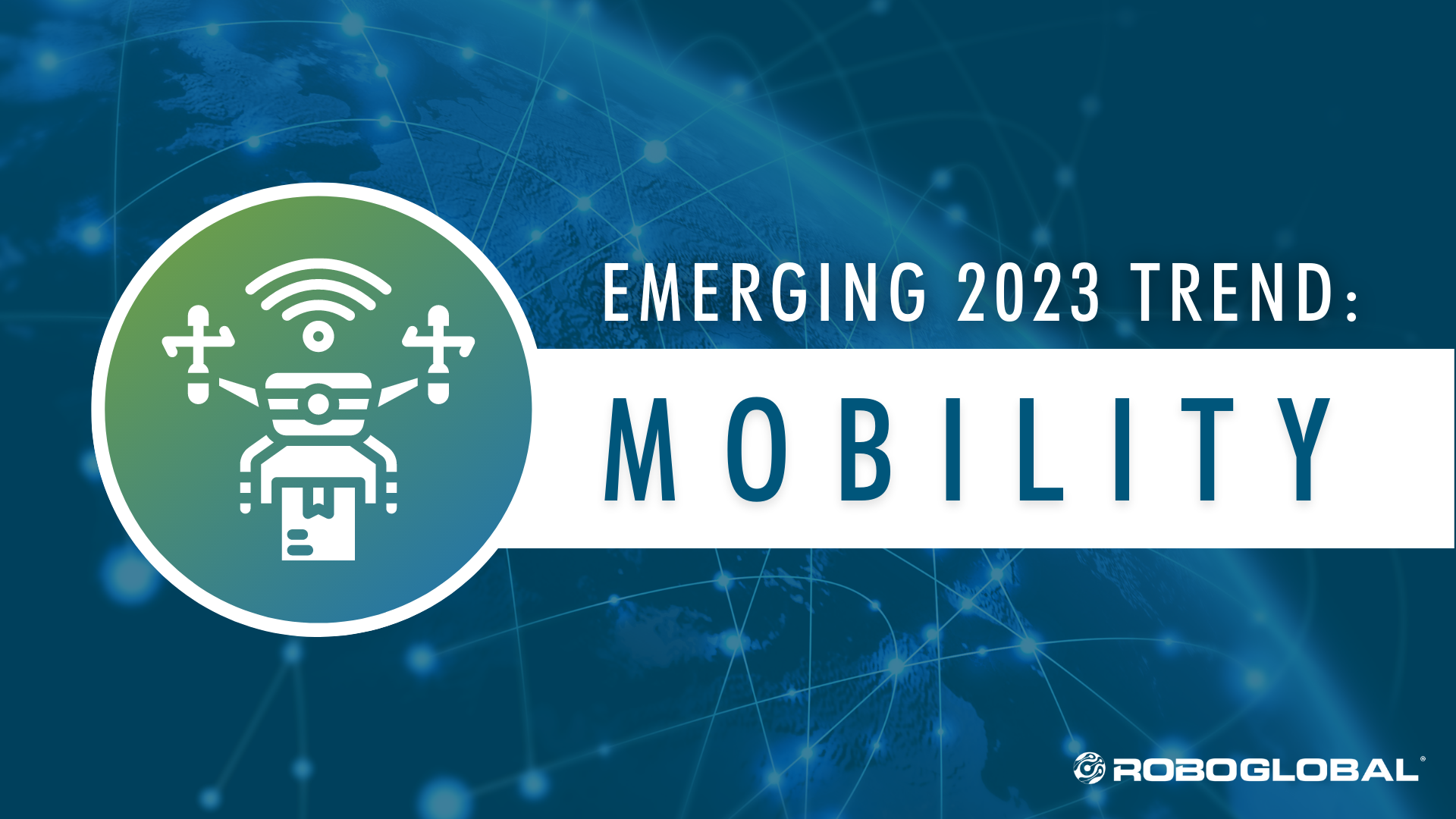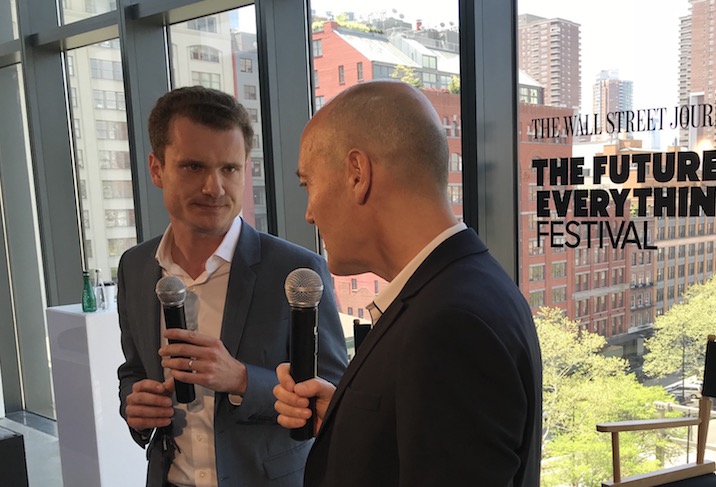Q. How do you see AI impacting the investment world?
Jeremie Capron: As it will in every other industry, I think AI will have a profound impact on the investment business. Recently, we’ve seen some initiatives that use AI to pick stocks by applying machine learning to historical sets of stock trading data. The track record for this sort of application is fairly limited, but we have yet to see any really impressive results. Nor have we seen any major blow-ups, so it will be interesting to watch.
The availability of data and the move towards digital is also transforming the investment advisory business. That is the realm where I anticipate seeing the most interesting changes. But keep in mind that AI is not about replacing people, but rather augmenting our capabilities. That’s already happening in many other industries today. The surgical robot is not replacing the surgeon; the surgeon is utilizing an AI-enabled tool. And the doctor who uses AI to accurately diagnose when reading medical imagery? That’s augmentation. In factories and in distribution centers, it’s the same idea—AI is making it possible to do things that humans alone are not capable of. In the investment advisory business, we’re going to see a similar outcome, with advisors using AI to free up their time to focus on the client relationship and helping with the more psychological aspects of investing.
Q. What is the adoption rate of logistics automation in warehouses? Is this sort of technology being adopted significantly by ecommerce platforms or retailers other than Amazon?
This new approach to automating warehouses and distribution centers started around 2010. By 2013, Kiva Systems, which was co-founded by our strategic advisor Raffaello D’Andrea, was acquired by Amazon. The reason for this acquisition was to essentially to build a moat around their business, excluding other e-commerce companies from getting access to that technology while gaining a competitive advantage by offering free delivery in under two business days to their Prime members.
When Amazon acquired Kiva, they had around 5,000 of these robots deployed—then they stopped serving other customers. Today, there are more than 100,000 of those systems used across 17 distribution centers. There are new competitors to Kiva that have since emerged, particularly in China. The likes of Ali Baba and JD.com use domestic suppliers of this type of technology. It’s not just about moving shelves around without bumping into each other. There is a lot of intelligence that goes behind it. These are actually self-learning systems where the robots learn about consumer behavior—what products are hot, what products are in demand—and the robots store these products on the outer side of the warehouse to access them faster. It’s a really amazing new way of running a distribution center to increase efficiencies.
Q. As a follow up question, to what extent does that technology impact the number of people needed as labor to operate the warehouse?
In this case, robots are basically eliminating the need for what is called a ‘picker.’ Traditional warehouses have a ‘picker’ and a ‘packer.’ The picker roams the aisles of the warehouse for miles and miles every day, finding the right products from the shelves and putting them in the baskets. Once the complete order is in the basket, they bring it to a packer. So we are now able to eliminate this picker role. However, when you think carefully about it, the picker role is a horrendous job. It is the reason why Amazon got so much bad press, especially in Europe, because they were hiring people who quit after a few weeks due to the difficultly of the job. By replacing pickers, Amazon is automating jobs that people simply don’t want anymore. What remains are the roles that are focused on the higher value portions of the order fulfillment process, such as quality control.
Q. Do you evaluate any type of hedging strategy for Asian currencies?
This is a global industry, and the market and technology leaders are located all around the world. We have companies in 13 different countries including Japan, China, South Korea, and Taiwan. But in terms of the currency exposure, it really is Japan that drives the ROBO index currency risk, followed by the Euro, but to a much lower extent.
Some investors may want to hedge the yen exposure. What we’ve found is that there is already a natural hedge built into the index because most of the Japanese holdings are primarily exporting businesses that serve both the Chinese and US markets. These exporters typically benefit when the yen depreciates, and their stocks quickly reflect that. In my view, this makes currency hedging unnecessary. At the end of the day, we are not currency experts—we are focused on delivering technology investments.
Q. Can you give an example of a technology that is not yet available in the public investment sector?
Today, there is a lot of excitement around autonomous driving, largely because we’ve proven that it’s doable. However, the only way to bring this application into the public domain under any circumstances is by improving the capabilities of the sensors used in autonomous vehicles. When it starts raining or snowing, or when the light is too bright, traditional video cameras and radars are not sufficient. The radar doesn’t work when there’s fog. If the light’s too bright, the camera cannot read a sign. But there’s a new technology coming to a fore—a light-based radar called Lidar. Lidar is a key enabling technology that is not yet represented in public markets, but it soon will be. We still need a road map for these companies as they begin to go public. This is also the case for companies who are applying machine learning to healthcare where a lot of innovative start-ups have cropped up in recent years.
Q. Is it true that the most movement and investment is happening in the private space?
In the last 5 years, more than a third of venture-capitalist-funded AI start-ups have been in the healthcare sector. Their primary focus is on improving diagnostics and optimizing the use of patient data or procedural data. This is something that is also hard to find in public markets today. There’s a case to be made that a lot of the action is happening in the private world at early-stage companies, which is true. However, it’s also a fact that the public companies are rapidly acquiring those firms. It’s a very M&A-intensive sector of the market. Since we launched the index in 2013, we’ve seen 10 index members taken over and an additional 4 or 5 failed acquisition attempts. It’s a very hot M&A area, and the members of the ROBO index last year completed more than 120 transactions, primarily to acquire smaller innovative firms.
Q. Is the ROBO Global Robotics & Automation Index philosophy passive or active?
We tend to refer to it as a hybrid approach due to the combination of fundamental and technology research with passive index management, such as the equal weighting of constituents and quarterly rebalance. The two methods are really embedded into our methodology.
The equal weighting approach is an important point, because most equity indices are market-cap weighted. We believe that market-cap weighting can be a flawed approach when it comes to investing in the future because the goal is to provide exposure to the companies that are creating these revolutions—not the ones that are already successful or established. A problem with traditional passive indices is that they over-represent companies that have already succeeded, and thus, based on the law of large numbers, may have a more limited upside in the long run.
If you look at performance across asset classes and look for factors driving performance over the long term, size is one of those factors. As long as you have a quality filter around small caps and you don’t go into over-leveraged or poorly managed small companies, small caps tend to outperform the broader market. So we’re happy having a strong small-and-mid-cap tilt in the ROBO index.
Q. What portion of a company’s revenue must be derived from robotics and AI in order to be in the index? How do you determine this revenue?
Revenue purity is a key criterion in our index methodology. We measure the revenue associated with each of the 12 subsectors. In many cases, these companies play across a number of those areas. Some of this information is public, but much of it requires interacting with the executives at these firms to get a better sense of where the revenue is really coming from. That’s a big part of our research efforts.
We spend most of our time interacting with companies, attending conferences and trade shows, and meeting with management teams. We have two tiers in the index. The higher tier includes companies that have a very high level of revenue purity, 85% on average. We call them “bellwether companies” and they get a nearly ~2% weighting in the index. Then there is the lower tier that includes emerging players whose revenue associated with Robotics, Automation and AI is lower, typically around 50%. Because we want these “non-bellwether companies” to be key earnings drivers for the company in the mid- to long-term range, they get a nearly ~1% weighting in the index.





